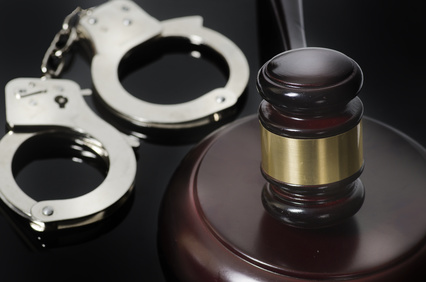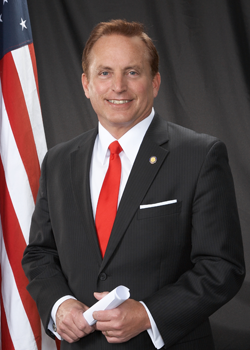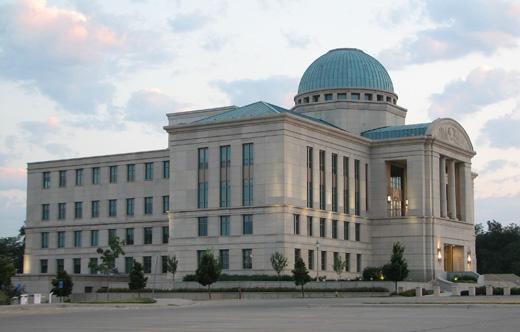In four months of work this year, Iowa lawmakers made no progress on improving water quality or expanding conservation programs, funded K-12 schools and higher education below levels needed to keep up with inflation, failed to increase the minimum wage or address wage theft, let most criminal justice reform proposals die in committee, didn’t approve adequate oversight for the newly-privatized Medicaid program, opted against making medical cannabis more available to sick and suffering Iowans, and left unaddressed several other issues that affect thousands of constituents.
But let the record reflect that bipartisan majorities in the Iowa House and Senate acted decisively to solve a non-existent problem. At a bill-signing ceremony yesterday, Governor Terry Branstad and supporters celebrated preventing something that probably never would have happened.






